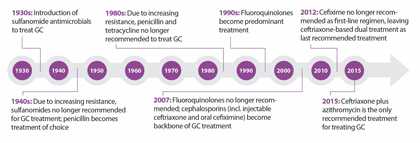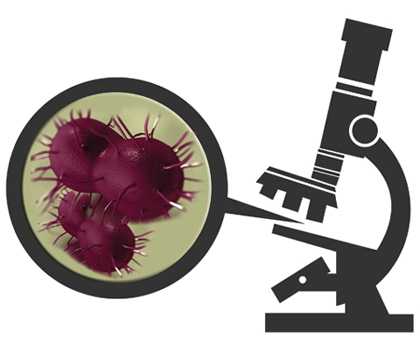Latest data on Antibiotic Resistant Gonorrhea
July 14, 2016 – Latest data on Antibiotic Resistant Gonorrhea
New surveillance data from the Gonococcal Isolate Surveillance Project (GISP) find a distressing increase in the percentage of gonorrhea isolates showing signs of resistance to azithromycin. Only one gonorrhea treatment is currently recommended, a combination of azithromycin and ceftriaxone.
Resources
- Press Release: Antibiotic resistance threatens gonorrhea treatment
- Fact Sheet: Addressing the Threat of Drug-Resistant Gonorrhea
- MMWR: Neisseria gonorrhoeae Antimicrobial Susceptibility Surveillance – The Gonococcal Isolate Surveillance Project, 27 Sites, United States, 2014
Graphics: Antibiotic Resistant Gonorrhea
The following graphics highlights major findings from CDC’s analysis. The high-resolution, public domain image is ready to download and print in your publication. Click on a graphic to see it in high-resolution.
The image is in the public domain and thus free of any copyright restrictions. As a matter of courtesy, we ask that the content provider be credited and notified of any public or private usage of an image.
Historical Trends in Drug Resistance and CDC Treatment Recommendations
View High Resolution Version
 The gonorrhea bacteria has a long history of developing resistance to every antibiotic used to treat it. CDC currently recommends combination gonorrhea treatment with two antibiotics – an oral dose of azithromycin and an injection of ceftriaxone. This timeline historical charts trends in drug resistance and CDC treatment recommendations for treatment of gonorrhea.
The gonorrhea bacteria has a long history of developing resistance to every antibiotic used to treat it. CDC currently recommends combination gonorrhea treatment with two antibiotics – an oral dose of azithromycin and an injection of ceftriaxone. This timeline historical charts trends in drug resistance and CDC treatment recommendations for treatment of gonorrhea.
Illustration of Neisseria gonorrhoeae under a microscope
View High Resolution Version

- Page last reviewed: July 14, 2016
- Page last updated: July 14, 2016
- Content source:


 ShareCompartir
ShareCompartir

